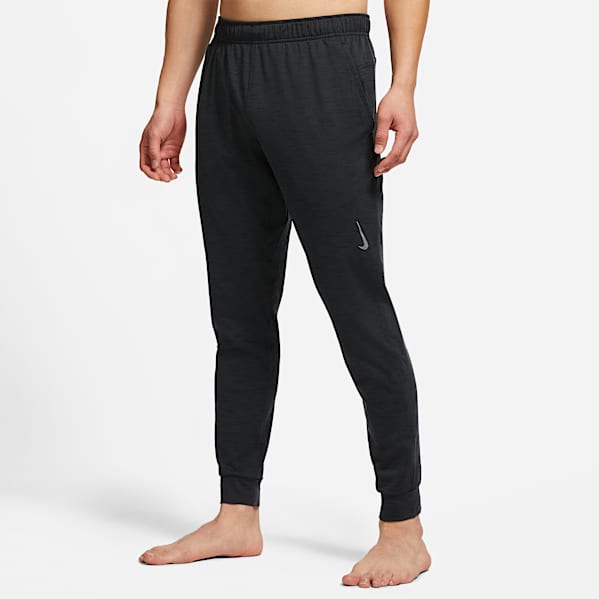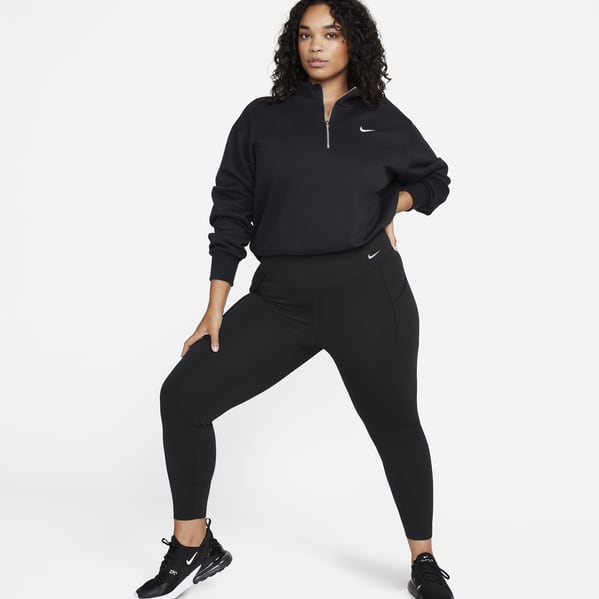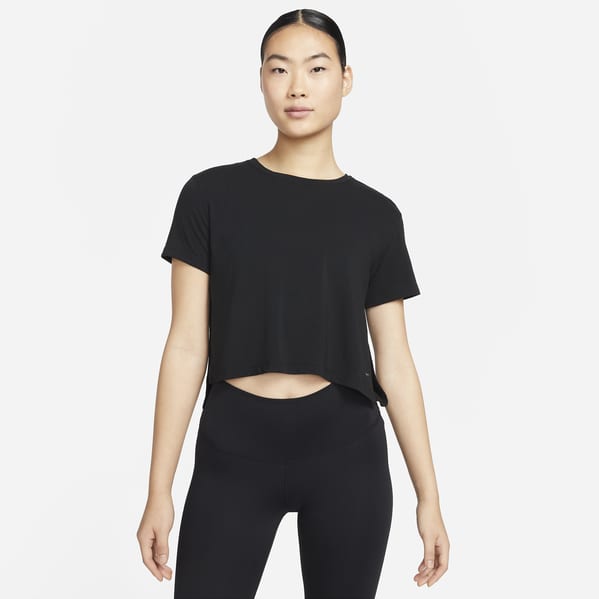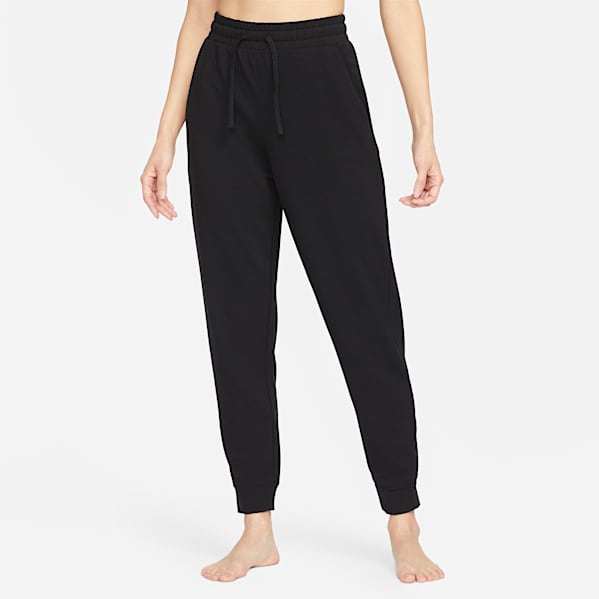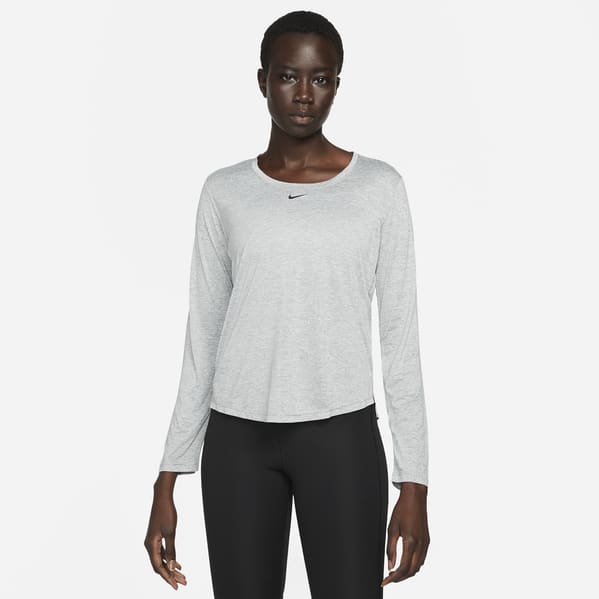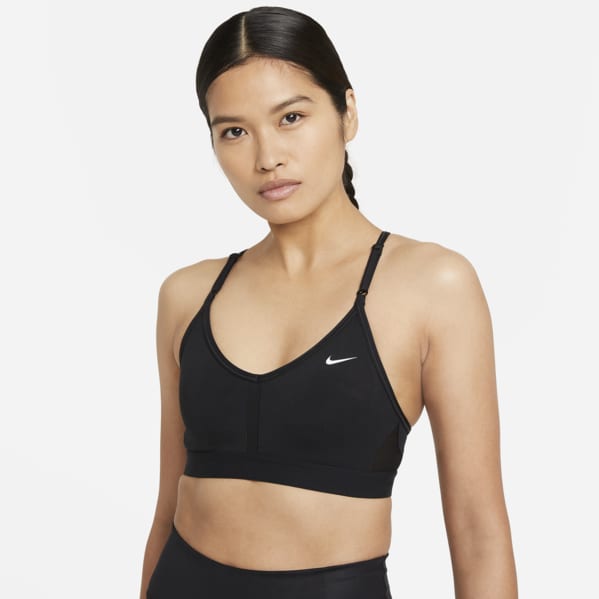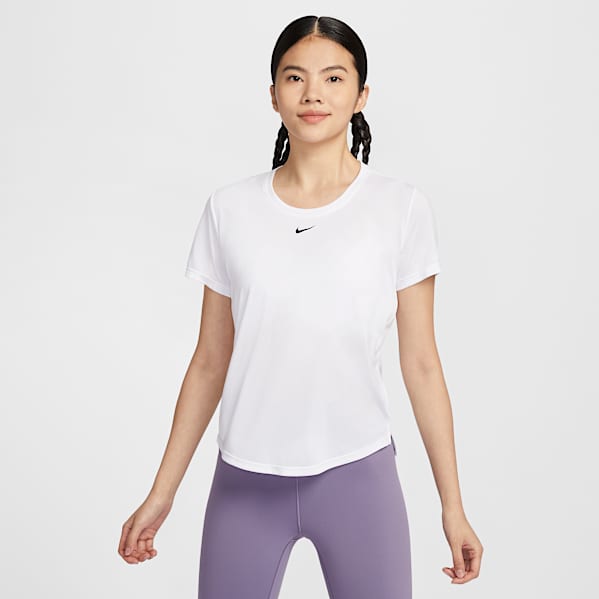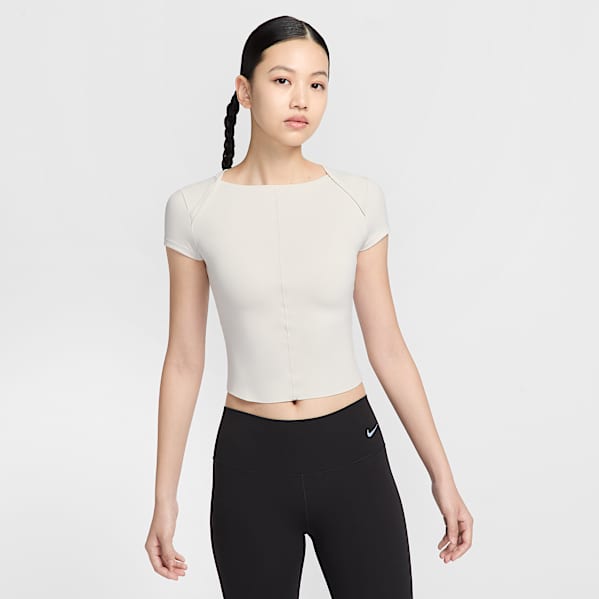Everything to Know About the Best Nike Yoga Mat
Buying Guide
Roll out this lightweight, non-slip mat for your yoga practice or at-home workout.
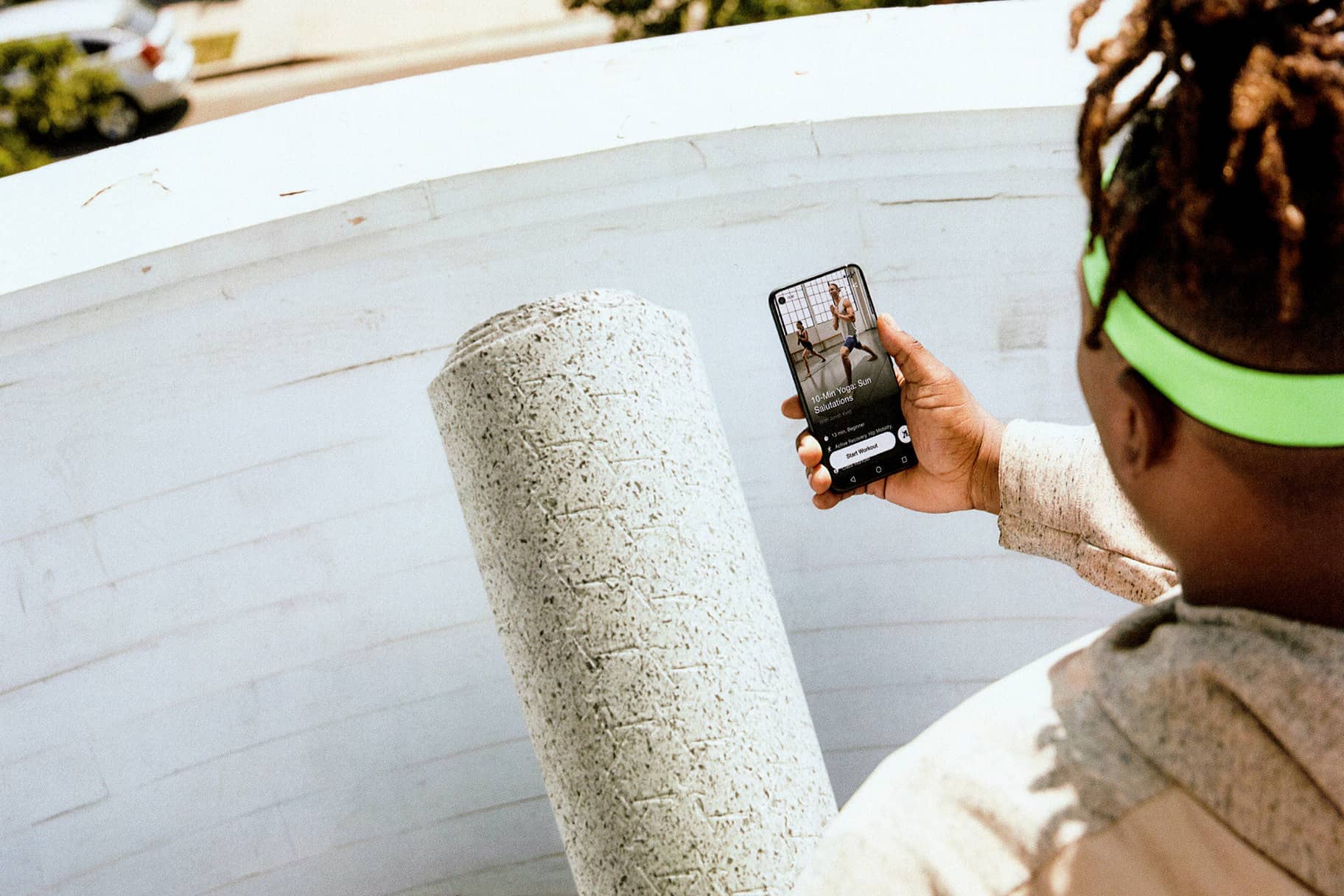
One of the benefits of yoga is you can practice virtually anywhere with very little equipment. Just find a calm, quiet space, unroll your mat and you’re ready to begin.
To get the most out of your session, look for a yoga mat that can support all facets of your practice. The best yoga mat should offer plenty of traction, while being lightweight enough to comfortably carry it to the studio or on a trip.
(Related: The 7 Best Beginner-Friendly Yoga Poses, According to Yoga Instructors)
This is a modal window.
The Best Nike Yoga Mat: Nike Mastery
The Nike Mastery yoga mat is designed to offer a supportive foundation for any yoga class in any location – at home, at the park or at the studio. The mat is 5 millimeters thick and made with natural rubber that provides a grippy, non-slip surface.
It also has an anti-odor construction to keep it smelling fresh. (Note: Always check the care instructions before cleaning a yoga mat. The best way to clean your Nike Mastery yoga mat is to spot clean.)
At 3.5 pounds, the lightweight construction makes the mat easy to carry. And, once you roll it out, it measures 27 inches by 79 inches.
Each Nike Mastery mat is made with at least 20 percent recycled material, and it’s a blend of thermoplastic elastomer (TPE) and natural stone rubber (read more about common yoga mat materials below). The TPE material helps reduce odors and shaves off ounces, while the natural rubber keeps it cool under the palms and adds extra grip.
(Related: The Best Free Workouts on the Nike Training Club App)
Frequently Asked Questions
What Is the Best Thickness for a Yoga Mat?
Yoga mats vary in thickness and tend to be between 2 and 6 millimeters thick.
- Thin mats (2 to 3 millimeters) provide close contact with the ground, which can help facilitate stability during balance sequences. However, thin mats won’t offer very much cushioning.
- Thick mats (6 millimeters or more) provide ample cushion, which makes them well-suited for non-standing poses that don’t require much balance or for people who may want additional cushioning for the joints.
- Moderate thickness (4 to 5 millimeters thick) works for many practitioners because it balances cushion with stability.
What Are the Best Materials for a Yoga Mat?
The Nike Mastery yoga mat contains 80 percent thermoplastic elastomer and 20 percent rubber, and the design includes at least 20 percent recycled materials.
The various materials found in yoga mats feel different to the touch, and they can also impact the performance and durability of the mat.
- PVC: This sticky plastic is a commonly used material for yoga mats because of its elasticity and durability. However, PVC is made up of phthalates, which are known to have harmful effects on human health and the environment.
- Natural Rubber: This alternative to synthetic yoga mats provides grip and a soft yet stable surface. However, fully natural rubber yoga mats can be very heavy.
- TPE: This man-made rubber material is composed of polymers. TPE yoga mats are typically easy to clean and resistant to bacteria, and they can be recyclable.
What’s the Best Way to Clean a Yoga Mat?
The best way to clean a yoga mat is to mix a few drops of gentle soap (like natural dish soap) in a spray bottle with warm water. Always be sure to dilute the soap with water. Then, spritz the mat and wipe it down with a microfiber cloth.
Words by Hannah Singleton
